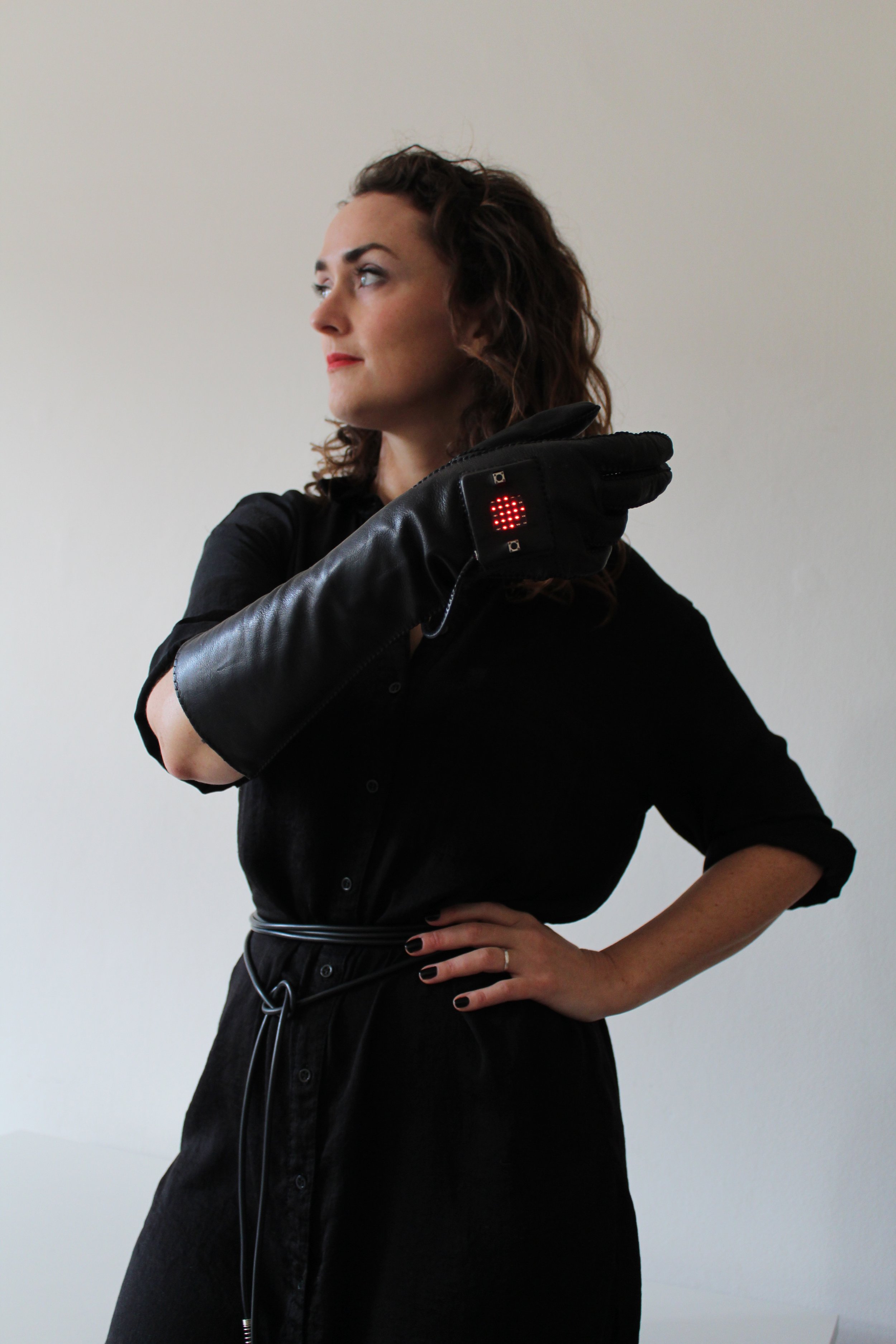Hardware hacking, writing & open source community
Helen Leigh is a hardware hacker and author from Cymru (Wales), via London and Berlin. Leigh makes experimental musical instruments using textiles, metal, electronics and code. She is currently based in Portland, Oregon, USA, where she works as a hardware scout and community organizer for Crowd Supply, the crowdfunding and distribution platform for open source hardware.
Leigh runs the annual open hardware conference Teardown and has started monthly Hardware Happy Hour meet ups all over the world, including in Portland, Berlin and London. She has taught thousands of people to make circuits using a wide variety of media, from SMD soldering to embroidering with conductive thread.
Leigh's first book in her own name was The Crafty Kid’s Guide to DIY Electronics, published by McGraw Hill. She has written about hacking and making for publications all over the world, including a regular hardware column for Make:Magazine and countless project “recipes” using various combinations of microcontrollers, single board computers, sensors and/or actuators.
Leigh was also the lead developer on the MINI.MU glove, a gesture-controlled musical instrument that young people sew, wire, code and play themselves. The MINI.MU was a open source hardware collaboration with Imogen Heap and Pimoroni that reached thousands of young people worldwide.
Leigh has taught physical computing at many different institutions, including universities in London, Germany and in the USA. She was previously director of the education platform Mission:Explore, with whom she published six acclaimed non-fiction children's books.
Leigh has no college education. She is “self-taught” which actually means that she learned from other people in a non-traditional educational context. An Italian hacker taught Helen to solder in a hackerspace in London, she learned how to use an oscilloscope on her friend Phoenix’s kitchen table, she first learned about PWM in an Arduino booklet, she studied circuit design on YouTube with help from the internet, and her German hacker friend Timon taught her how to think about DFM and buy SMD buttons in bulk.
FAQ: Yes, it’s a resistor tattoo.
